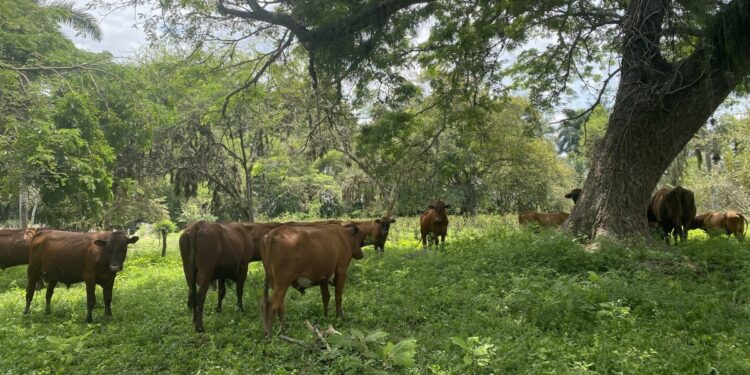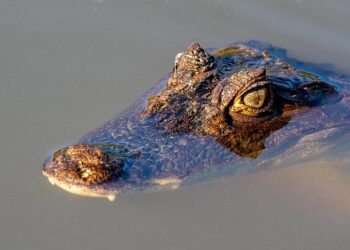Juan JosĂ© Molina, Carlos Hernando’s son, with some cows. The farm has been in the family since the 1700s.
More productive land
Across Latin America many dairy cows and beef cattle are raised in an “unproductive way,” Searchinger says. You’ll often see a few cows, scattered across small farms, not eating particularly well, he says.
“It’s not a very friendly thing to think about,” Searchinger says, “but the reality is that, depending on how well cows are fed, they reach their slaughter weight at different times.”
In carefully designed silvopasture systems, nutrient-rich collections of grasses, leaves, and tree seed pods mean cattle can get to their slaughter weight faster. A shorter lifespan for the cattle means farmers can use less land, says Julián Chára, a researcher at the Center for Research in Sustainable Agricultural Production Systems who studies El Hatico and other silvopasture systems like it. And better diets can mean dairy cows can make more milk. Chára and his colleagues studied ten silvopasture systems in Colombia, Argentina and Mexico and found milk and meat production increased per hectare on all those farms.
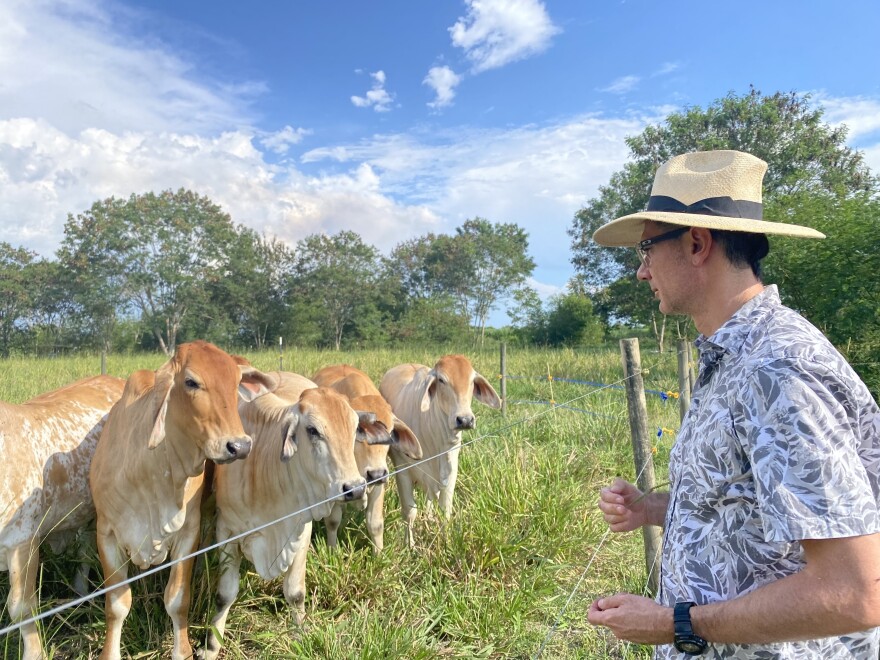
At the International Center for Tropical Agriculture, scientist Jacobo Arango studies two groups of beef cattle. One group of cattle is in a silvopasture system and the other group, pictured, are not.
Not far from El Hatico, at the International Center for Tropical Agriculture, scientist Jacobo Arango opens a gate to show his experiments with two groups of beef cattle.
In side-by-side plots, one group of cattle graze under the sun, while the other is in a silvopasture system, with trees and special grasses. Arango and his research team have found the group of silvopasture cattle produced significantly less methane, a powerful planet-heating gas. “Always the silvopastoral system was performing better,” Arango says.
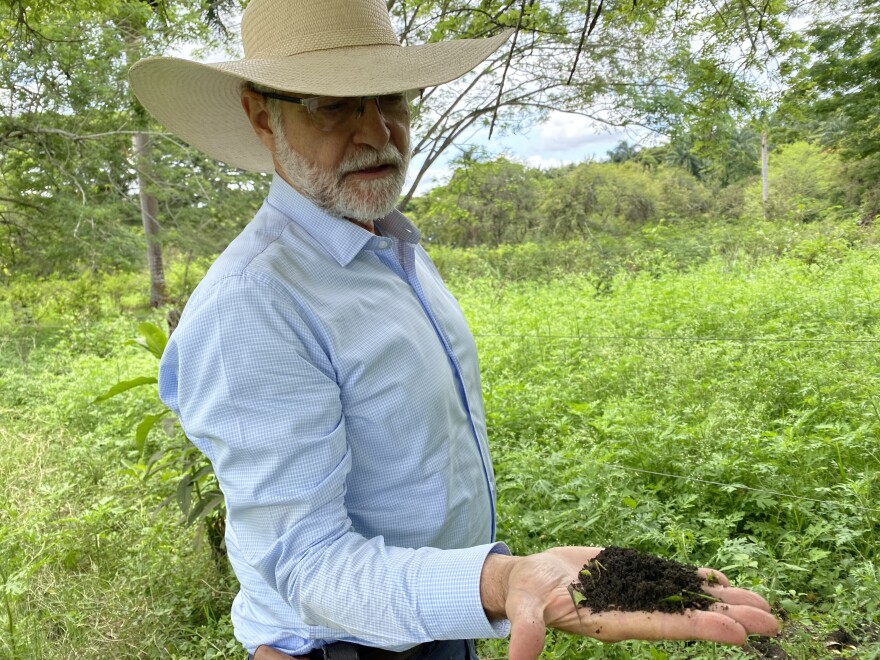
Carlos Hernando Molina shows off the rich soil. The trees and shade help retain the soil’s moisture.
Healthier soils
As Molina walks he stoops down to pick up some soil. It’s black and soft, like coffee grounds.
Much like peanuts and other legumes, trees at El Hatico support bacteria that “fix” nitrogen, creating fertile soil without added chemicals. Since creating a silvopasture system, Molina says El Hatico no longer needs nitrogen fertilizers. That saves money, and reduces climate pollution, he says. Manufacturing chemical fertilizers is very energy-intensive and creates about 5% of global greenhouse gas emissions.
The trees create shade, which cools the area and helps retain moisture in the soil, Chára says. El Hatico now needs less irrigation, which has helped them get through recent regional droughts.
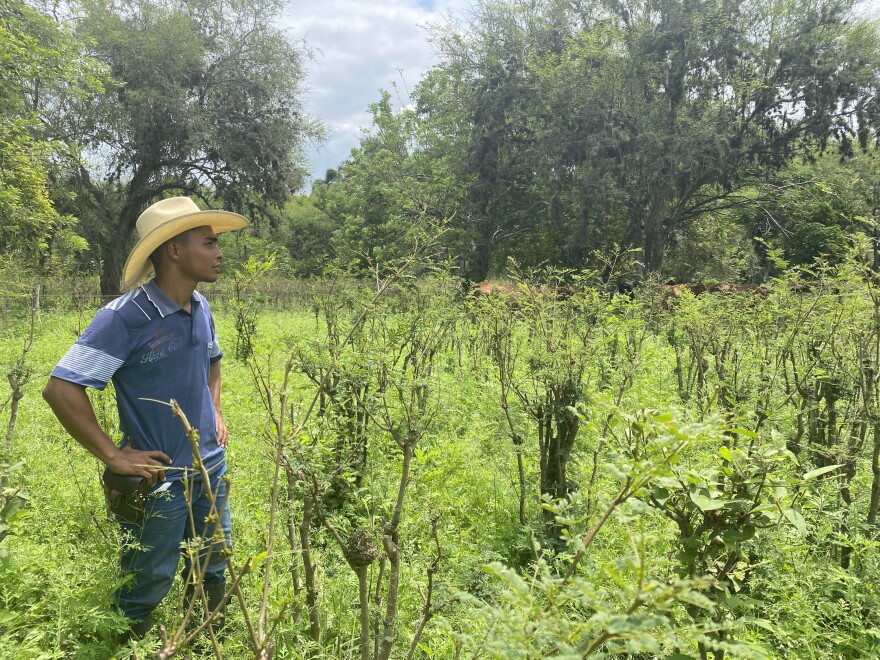
Juan Camilo CerĂłn stands with some of the nitrogen-fixing trees at El Hatico. The farm doesn’t need to use chemical fertilizers.
Improved soil moisture and health is one way silvopasture systems can be an important adaptation for a warming world, Chára says.
A solution with limits
While tropical silvopasture systems can have climate benefits, there are limits, says Matthew Hayek, assistant professor of environmental studies at New York University. Silvopasture systems can increase productivity in the tropics, he says, but those gains can be more constrained by the lack of sunlight in more temperate regions, like parts of the U.S..
And for silvopasture systems to fully protect rainforests they have to be accompanied by government regulations that penalize deforestation, as well as enforcement, Arango says. “Deforestation is not a policy issue but a police issue,” Arango says.
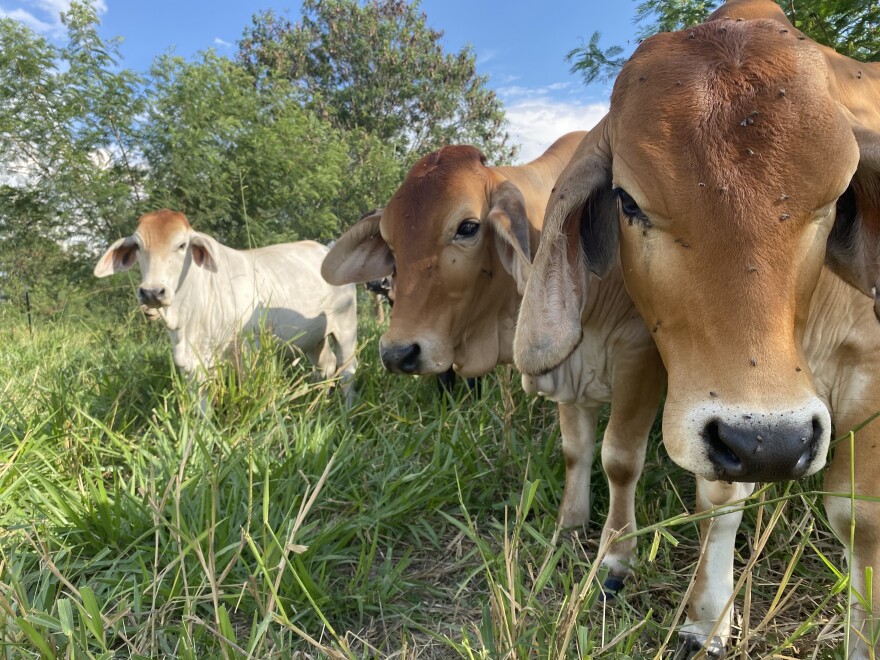
The silvopasture group of cattle live amongst trees and shrubs at the International Center for Tropical Agriculture.
Brazil has reduced deforestation in recent years, with the government issuing large fines for meat packers and cattle ranchers that profit from deforestation. Colombia has some anti-deforestation legislation, with more awaiting approval. Colombian deforestation increased last year after a 23-year low, largely due to illegal activity, the government says.
And while silvopasture can increase trees, researchers caution about overpromising the rewards. Working Trees is a company that sells carbon offsets that promise to help farmers plant trees in silvopasture systems in Brazil and the U.S.. The idea is that by planting more trees, silvopasture systems can increase the amount of carbon stored on pastureland, says Leif Gonzales-Kramer, chief executive of Working Trees. So far the main purchaser of Working Trees’ offsets is Alpine Investors, a private equity firm.
There’s an inherent problem with the “permanence” of this kind of tree offsets, says Danny Cullenward, senior fellow at the Kleinman Center at the University of Pennsylvania. Carbon dioxide stays in the atmosphere for thousands of years, even tens of thousands of years. Gonzales-Kramer says their offsets promise to store carbon for 40 years.  ”Our contracts with farmers are 40 years, but we believe that our systems will be in the ground for way longer than 40 years,” Gonzales-Kramer says.
Still, given the thousand-plus year heating potential of carbon dioxide, Cullenward says a belief in protecting trees for more than 40 years isn’t enough. “ The atmosphere doesn’t care about your intentions. It doesn’t matter what your hopes or aspirations are. That equivalence is missing,” he says.
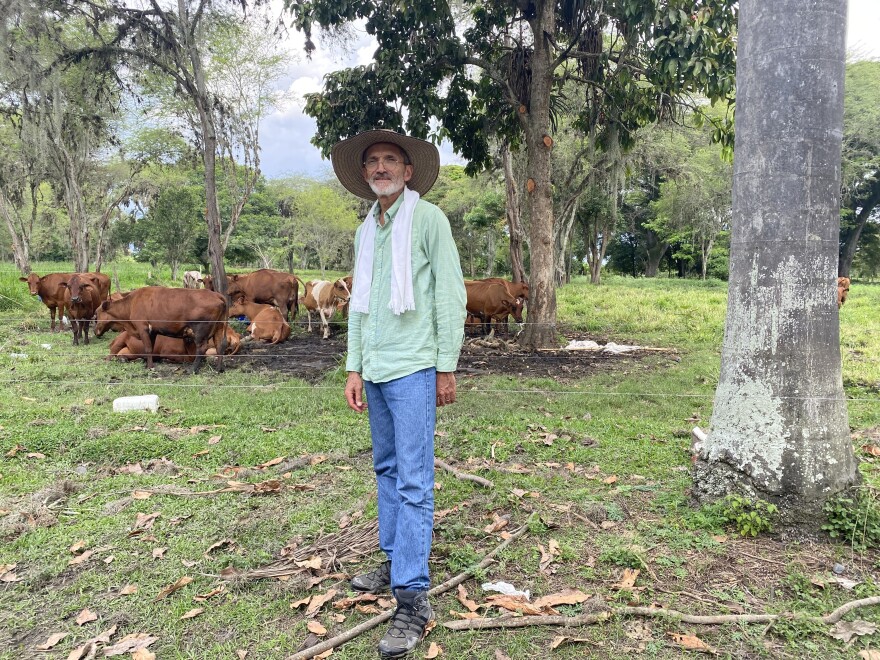
Julián Chára, a researcher at the Center for Research in Sustainable Agricultural Production Systems studies El Hatico and other silvopasture systems like it.
Ultimately, while silvopasture can have benefits, Hayek says it shouldn’t distract from the need to reduce beef and dairy consumption. “We need drastic reductions in the amount we’re consuming overall,” Hayek says.
A hotel for biodiversity
Driving through El Hatico, Molina points out a dozen dairy cows resting alongside a stream. White herons perch on the cows, including one heron that stands right in front of a cow’s face. The herons eat ticks off the cows, which means the Molinas have to do less work to control the parasites.
Silvopasture systems can increase the biodiversity of plants and invertebrate animals, says MarĂa Paula Escobar, a researcher at the University of Bristol veterinary school.  ”Never as good as the forest,” she says, “but better than the traditional pastures.”
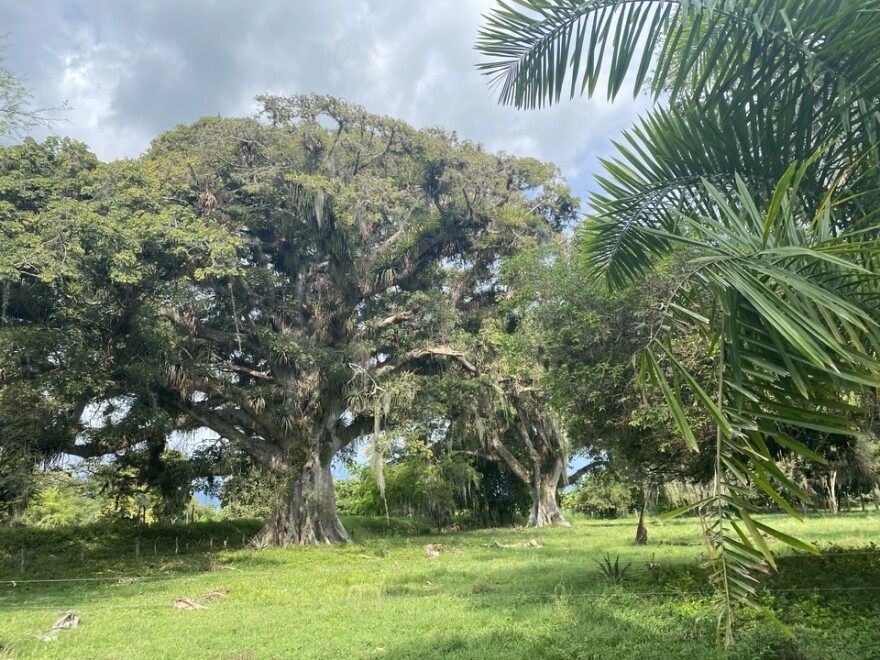
The lush trees at El Hatico provide shade to the animals and help keep the soil healthy.
There are around 145 species of birds at El Hatico, 141 species of butterfly and 90 species of ants, Molina says with pride. The farm is full of the sounds of birds, including toucans, macaws and yellow-headed caracaras.
El Hatico is constantly welcoming South American farmers who want to learn about silvopasture. “From Argentina on up,” Molina says. “They have experiences that can be taken as a reference so they can multiply this.”
Copyright 2025 NPR
Source link : http://www.bing.com/news/apiclick.aspx?ref=FexRss&aid=&tid=67c62d4570484c1cbf3350df1a97d2ee&url=https%3A%2F%2Fwww.ualrpublicradio.org%2Fnpr-news%2F2025-03-03%2Fthis-colombian-hotel-for-cows-could-help-reduce-deforestation-in-the-amazon&c=14446569554354757248&mkt=en-us
Author :
Publish date : 2025-03-03 08:39:00
Copyright for syndicated content belongs to the linked Source.

